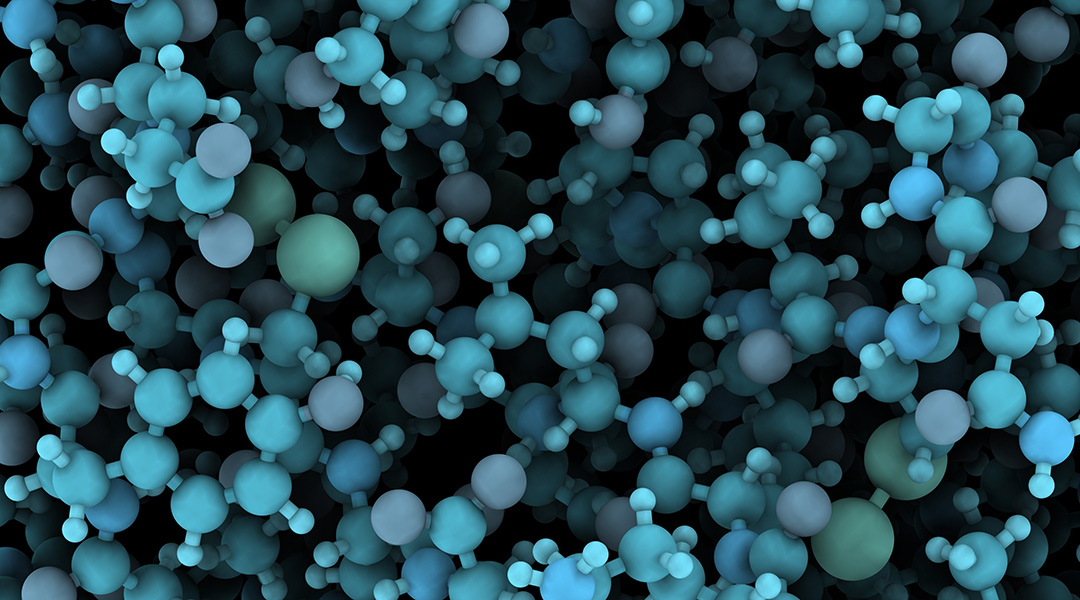German physicists converted electrical signals into photons and radiated them in specific directions using a nanometer-scale antenna.


German physicists converted electrical signals into photons and radiated them in specific directions using a nanometer-scale antenna.

A new approach seeks to use the “intelligence” aspects of AI to understand the physics of photonic nanostructures.

Azopolymer material allows light-assisted imprinting of nanostructures for structurally colored surfaces.

A sprayable heat shield can reduce engine exhaust gases for economical aircrafts

Inspired by diving bell spiders, researchers created highly water-repellent metallic structures that could potentially be used to build unsinkable ships in the future.

Gilbert X. Gonzalez tells how his lab are working on influenza vaccines that can overcome the problems of the seasonal influenza vaccine.

Researchers report flexible, conductive and waterproof fibers for wearable, underwater electronics.

Protein-protected metal nanoclusters have excellent biocompatibility and have received considerable attention as a luminescent probe in a number of fields such as biosensing, bioimaging, and imaging-guided therapy.
![Magnetically Controlled Microparticles for Soft Robotics [Video]](https://www.advancedsciencenews.com/wp-content/uploads/2019/11/feature-image-1.png)
Liquid crystalline elastomer microparticles can be magnetically controlled and used as transport systems.

Michal Leskes and Shira Haber assess the capabilities of NMR in analyzing solid-state interfaces.